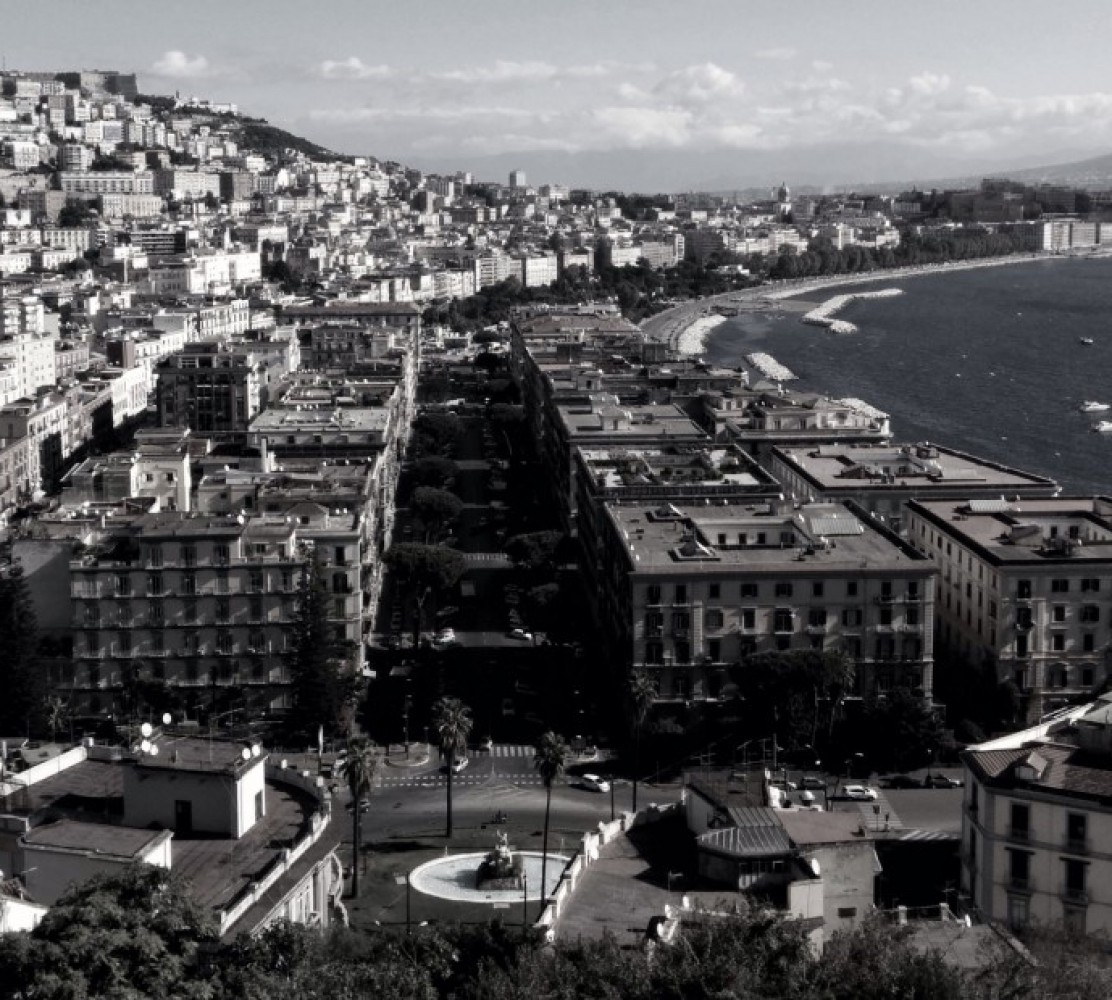The magnificent Charterhouse and National Museum of San Martino is perched precariously on a hill high above Naples, just below the commanding fortress of Castel Sant’Elmo.
Once home of Carthusian monks, expelled at the unification of Italy, the monastery complex is deceptively large with breathtaking views of the city and bay below. Here, for over 500 years, the devout, white robed inhabitants worshipped their awesome God in the hermitic and cenobitic style: maintaining silence, livings in cells, praying together whilst contemplating alone – remaining ‘steady [to the Cross] while the world is turning’.
It is also home to a spectacular collection of art. The central church, assembled at vast cost, is a virtual who’s-who of Neapolitan artists from the 17th and 18th century – Di Ribera, Caracciolo, Fanzago et al. It’s a baroque vision of beautiful side chapels, exquisite marble floors, hand carved stalls and devotional works of Christ and the Saints.
Surrounded by this splendour and in their religious isolation, the monks who lived here must have had a very odd relationship with the city above which they sat: living in Naples but separate from it; in reach of the city but unable to touch it.
Even today, the place remains quiet, peaceful, holy and sacred – very different from the frenetic, crowded, raucous, very human, and profane Naples below.
Some pictures below the jump:
Continue reading →




























